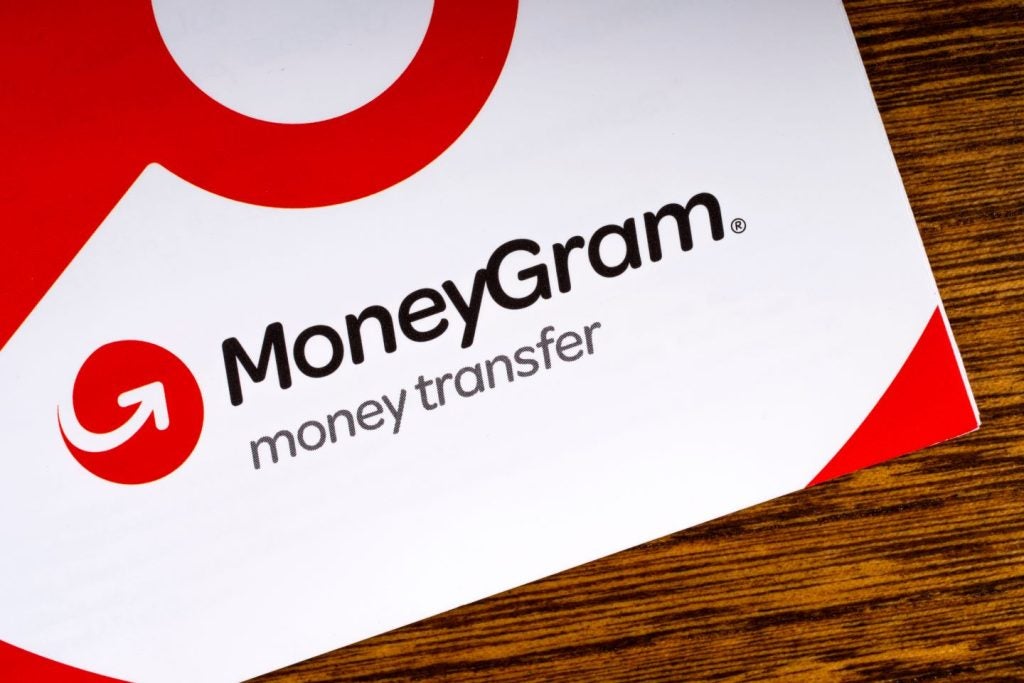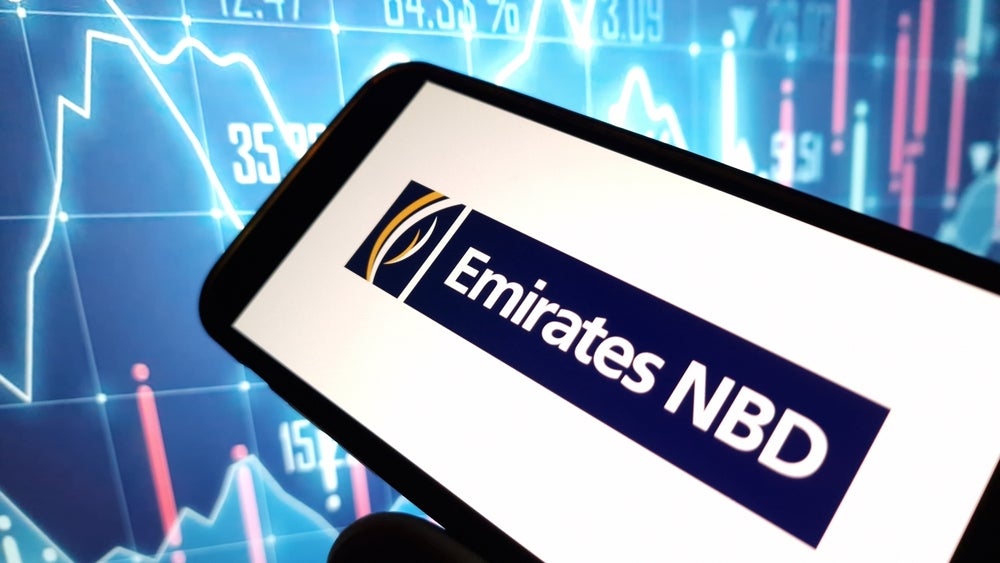The global financial crisis hit Finland harder than many, and the country’s recent economic growth has been marginal at best. Despite the struggles, however, payment cards are flourishing as consumer awareness rises and local infrastructure develops. EPI’s analysts look at what makes the market tick
The European debt crisis had a profound effect on Finland’s economy, with GDP growth slowing to 0.2% in 2015. Despite the sluggish economy, the Finnish payment cards market grew during the review period (2012–2016) in terms of transaction volume.
Improved banking infrastructure, new product developments, increased awareness of electronic payments, and wider acceptance of payment cards at POS terminals were the main growth drivers during the review period.
Consequently, the frequency of transactions per card per year stood at 168.0 in 2016 – the third-highest in the Nordic and Baltic region behind Denmark and Estonia.

Use of cash continues to decline
Use of cash has declined significantly over the past two decades, and several companies and government offices have abandoned cash altogether.
For instance, the National Land Survey of Finland stopped accepting cash in two customer service branches in North Karelia during January–April 2013. The primary reason was to save costs, as cash deposits needed to be sent to the bank once or twice daily.
As the trial was successful, the National Land Survey of Finland stopped accepting cash in all branches in central and southern Finland, as well as Pirkanmaa-Satakunta. Security is another reason why many offices and businesses in Finland refuse cash payments. Aurinkomatkat, one of the country’s largest travel agencies, has terminated cash payments in its service offices, primarily for security reasons.
Debit cards continue to dominate
Debit cards accounted for 82.6% of the total payment card transaction value in 2016.
Finnish consumers have traditionally preferred debit cards to make payments. Banks and card issuers often offer cards with dual debit and credit functionality, allowing customers making transactions in Finland or abroad to opt to pay by debit or credit at POS terminals, with cards having a credit card number on the front and a debit card number on the reverse.
Combined efforts by card issuers and government bodies, and a rapid reduction in the use of checks have accelerated the adoption of debit cards.
Given the strong hold of debit cards, credit cards have been slow to take off. However, there was a significant shift in product and marketing strategies during the review period, and credit card issuers are now using a number of initiatives to attract consumers, such as no annual fees, an interest-free period of up to 40 days, reward points, discounts at partner retailers and cashback.

Adoption of EMV and contactless
All cards issued in Finland are EMV-compliant, and the majority feature contactless technology. According to the central bank of Finland, the number of contactless cards was 3.8 million in 2015, rising to an estimated 5.5 million in 2016. The number is forecast to reach 10.1million by 2021, with banks and card issuers keen to promote contactless technology.
Retailers are also installing contactless POS terminals to benefit from the trend. In July 2015, Spire Payments, in collaboration with Finnish payment service provider Poplatek Oy, received a contract to supply 15,000 EMV and contactless-enabled POS terminals to slot machine provider RAY.
With an ever-growing number of retailers accepting contactless payments, the increased use of contactless technology is expected to further drive payment card transaction values and volumes over the forecast period (2017–2021).







